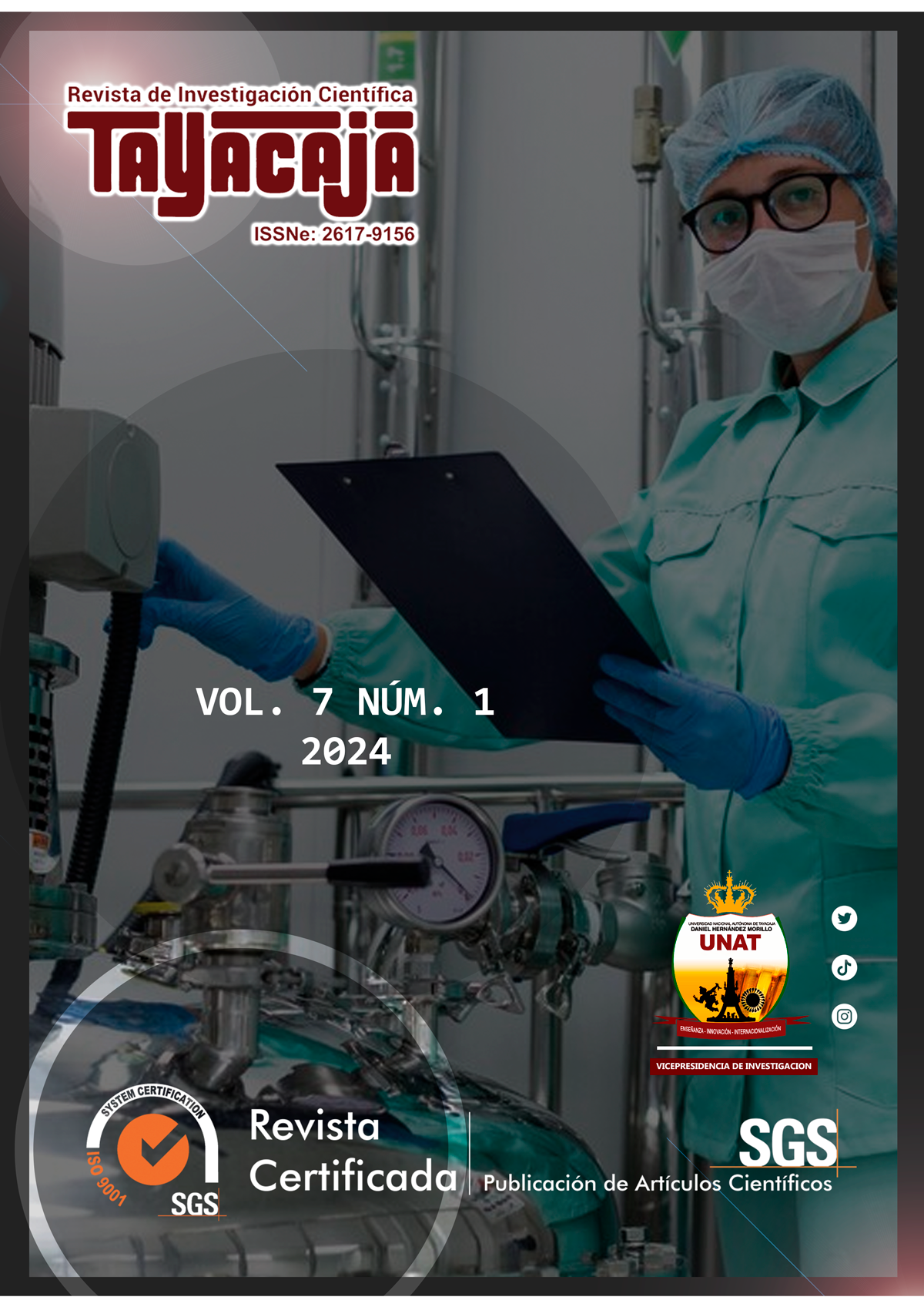Abstract
The success of forest management depends to a large extent on the availability of sufficient resources, so natural regeneration ensures the sustainability of resources over time, which is very important to create knowledge or scientific basis in relation to forest dynamics. For this reason, the research was developed with the aim of evaluating the natural regeneration of Alnus spp. (alder) and the relationship of the requirements of the aforementioned species with the environmental factors of the Pusqui and Dos de Mayo annexes, in the province of Tayacaja, Huancavelica region. The research area consisted of 146 individuals of natural regeneration between seedlings, saplings, low latizales and high latizales, of which 84 individuals were reported in the Dos de Mayo annex and 62 individuals in the Pusqui annex. The most abundant natural regeneration category in the two annexes was the low latizal category with 47,3%, followed by the sapling category with 31,5%, followed by the seedling category with 19,9% and finally by the high latizal category with 1,4%. The soil and climatic factors of both annexes coincide with the soil and climatic requirements of Alnus spp. (alder), especially in the values of pH, precipitation and relative humidity.
References
Caballero, M. L. (2012). Evaluación de regeneración natural de Clarisia racemosa Ruiz & Pavon en bosques intervenidos de la comunidad nativa Chamiriari-Satipo. http://repositorio.uncp.edu.pe/handle/20.500.12894/2612.
Espinoza Valenzuela, K. E. (2022). Efecto del bosque de Eucalipto (Eucalyptus globulus) y Aliso (Alnus glutinosa) en la calidad del suelo: Jesus-Lauricocha 2021. https://repositorio.unheval.edu.pe/bitstream/handle/20.500.13080/8393/TDr.MADS00059E88.pdf?sequence=1&isAllowed=y
Jaramillo y Muñoz. (2016). Evaluación de la Regeneración Natural de Especies.
Mostacedo, B. & Pinard, R. (2014). Regeneración y Silvicultura de Bosques.
Mostacedo, B. & Fredericksen, T. (2000). Manual de Métodos Básicos de Muestreo y Análisis en Ecología Vegetal. Santa Cruz de la Sierra. BOLFOR. https://1library.co/document/y4wm0g4r-bonifacio-mostacedo-fredericksen m%C3%A9todos-b%C3%A1sicos-muestreo-an%C3%A1lisis-ecolog%C3%ADa.html
Norden, N. (2014). On the reasons that natural regeneration is important for species coexistence in tropical forests. Colombia forestal. https://www.scielo.org.co/scielo.php?pid=S012007392014000200009&script=sci_abstract&tlng=pt
Orozco, N. & C. Brumer. (2002). Inventarios forestales para bosques latifoliados en América Central. CATIE. Costa Rica. repositorio.bibliotecaorton.catie.ac.cr/bitstream/handle/11554/2600/Inventarios_forestalesparabosques_latifoliados.pdf
Serrano-Molina, J. J., Delgado-Rodríguez, D., & Morales, J. P. (2021). Silvicultura de bosques secundarios y de bosques degradados: las intervenciones silvícolas para su manejo en Centroamérica. Serie Técnica. Manual Técnico. https://repositorio.catie.ac.cr/handle/11554/11002
Roncancio, N. & Estévez, J. (2007). Evaluación del ensamblaje de murciélagos en áreas sometidas a regeneración natural ya restauración por medio de plantaciones de aliso. Boletín Científico. Centro de Museos. Museo de Historia Natural, 11(1), 131-143.
Rozendaal, D. M., Bongers, F., Aide, T. M., Alvarez-Dávila, E., Ascarrunz, N., Balvanera, P., ... & Poorter, L. (2019). Biodiversity recovery of Neotropical secondary forests. Science advances, 5(3), eaau3114.
Vargas Ferrel, R. M. (2018). Propagación del aliso (Alnus acuminata) a nivel de vivero, con el uso de sustratos en Vilcabamba Grau - Apurímac. https://scholar.googleusercontent.com/scholar?q=cache:KhQXuDSTJToJ:scholar.google.com/+Vargas+Ferrel,+R.+M.+(2018).+Propagaci%C3%B3n+del+aliso+(Alnus+acuminata)+a+nivel+de+vivero,+con+el+uso+de+sustratos+en+Vilcabamba+Grau-Apur%C3%ADmac.&hl=es&as_sdt=0,5

This work is licensed under a Creative Commons Attribution-NonCommercial 4.0 International License.
Copyright (c) 2024 Jhonatan Alberto Aquino Victoria, Frank Alex Chahuaylacc De La Cruz, Betsy Sayumi Nuñez Ramos, Lizeth Nayely Juñuruco Pituy , Jackelyn Chancha Inga, Jairo Edson Gutiérrez Collao






